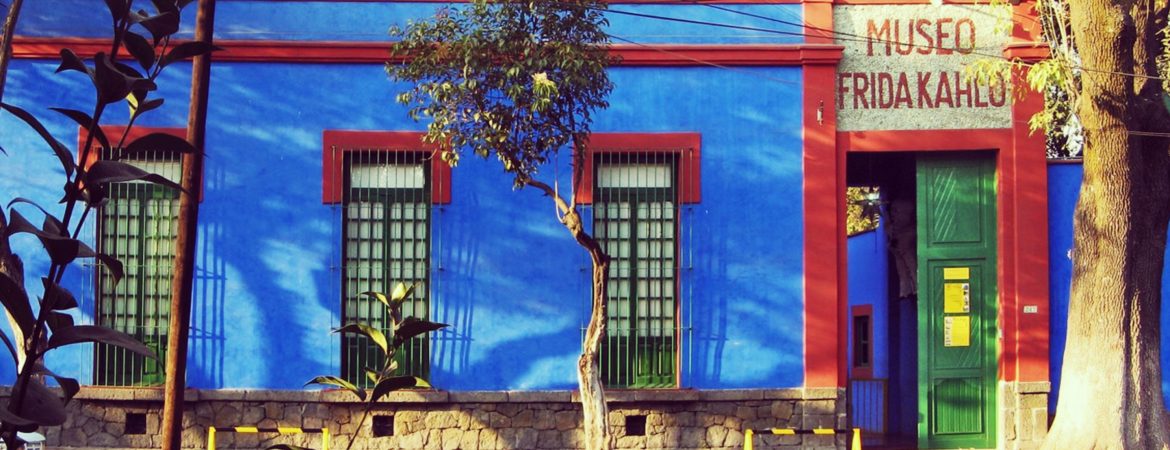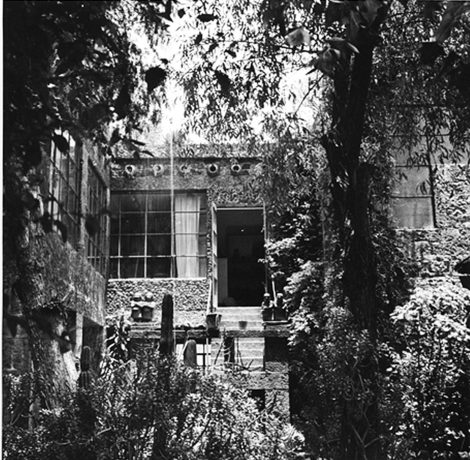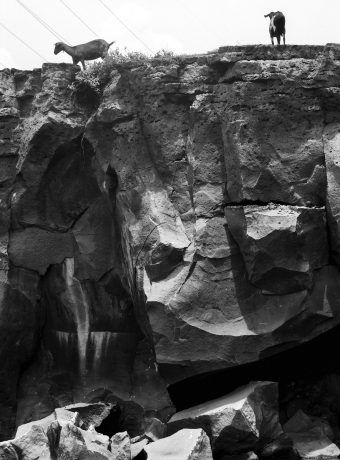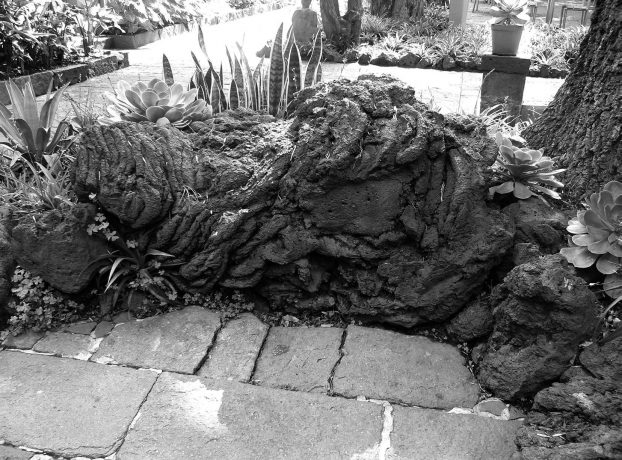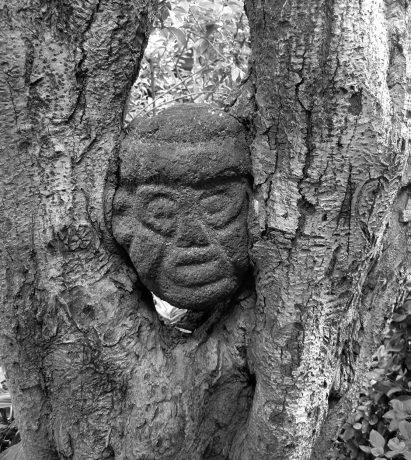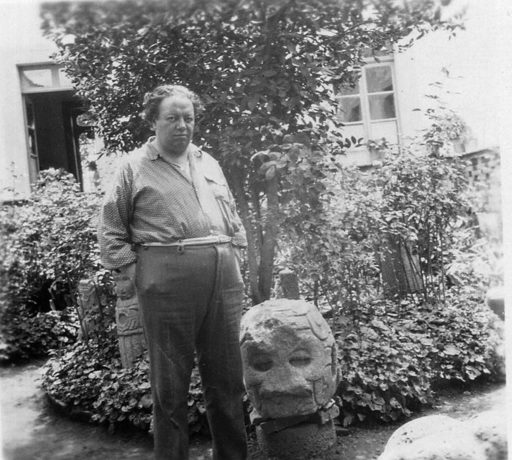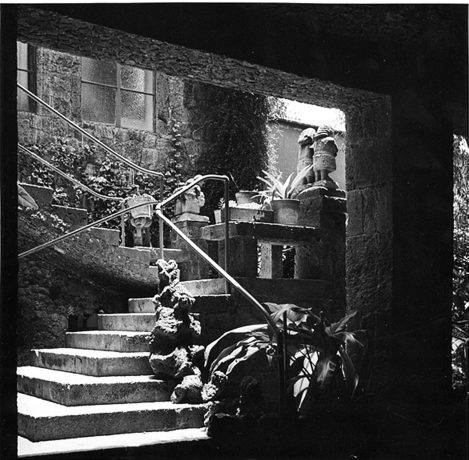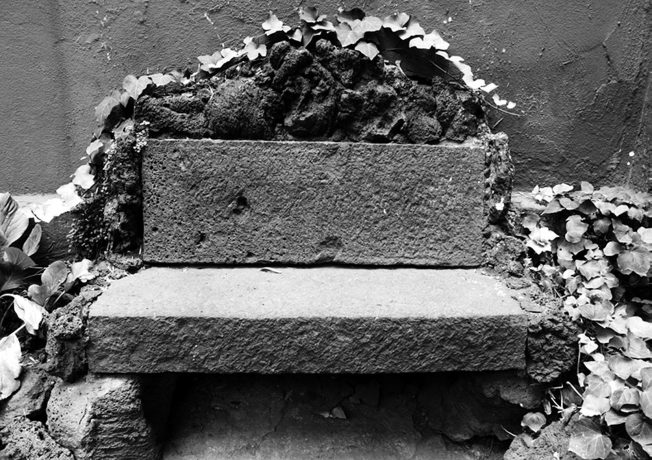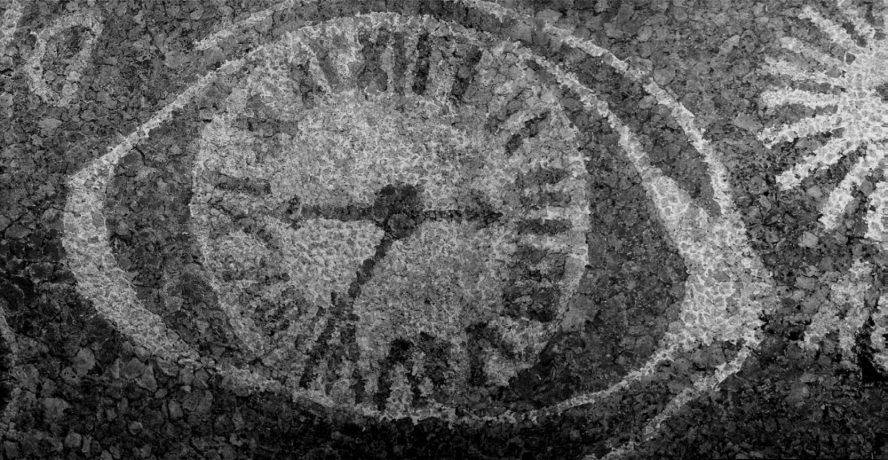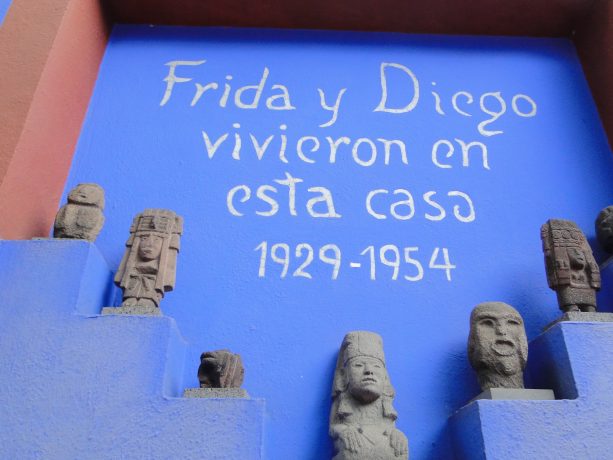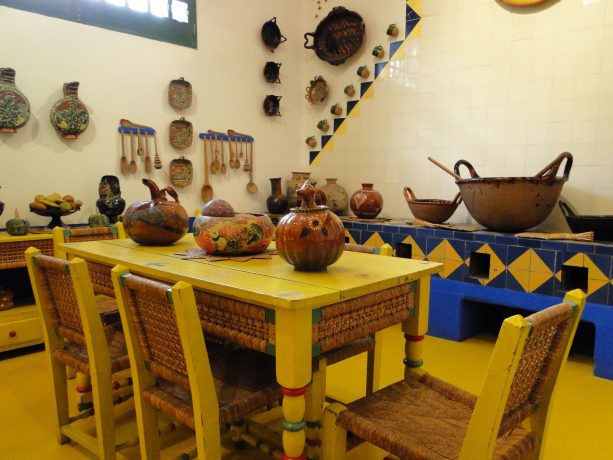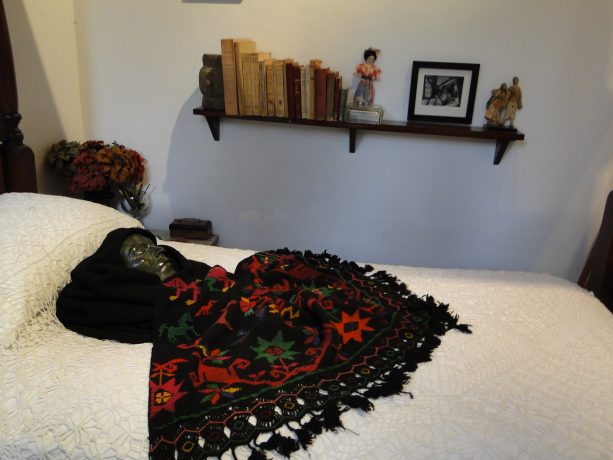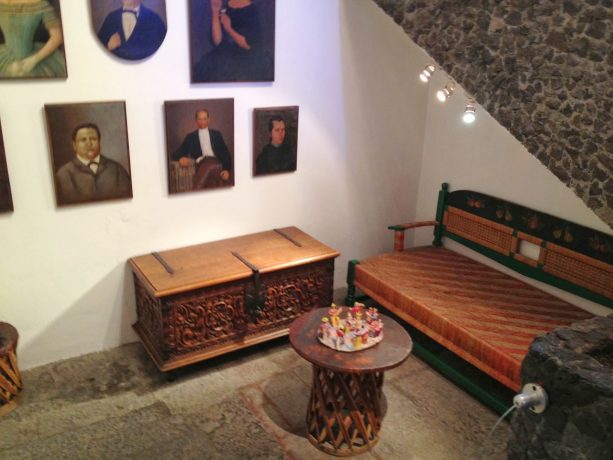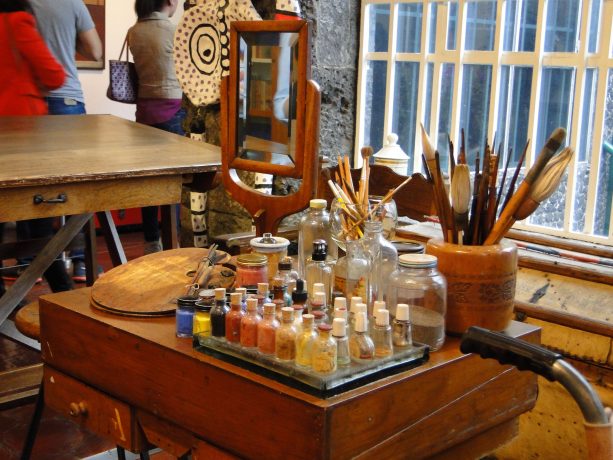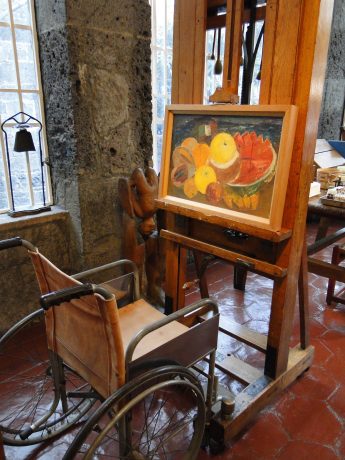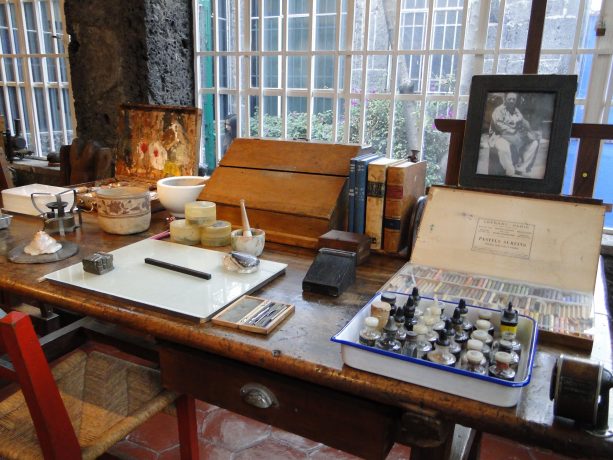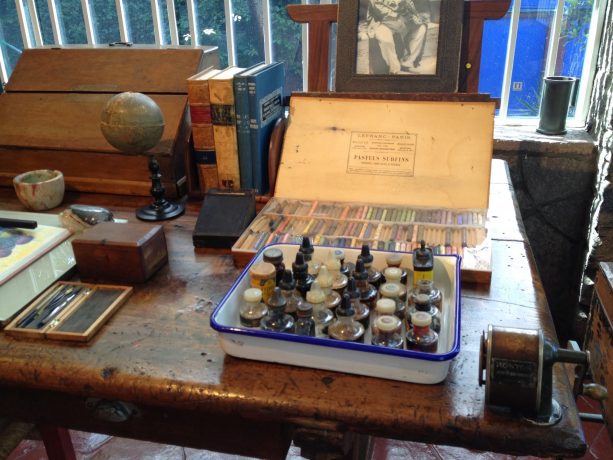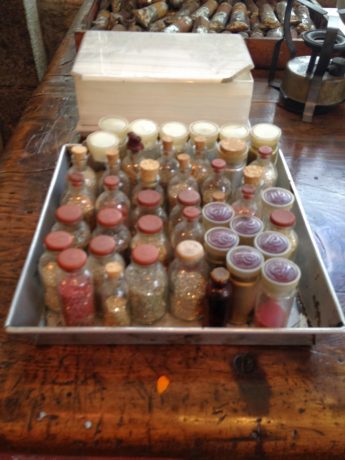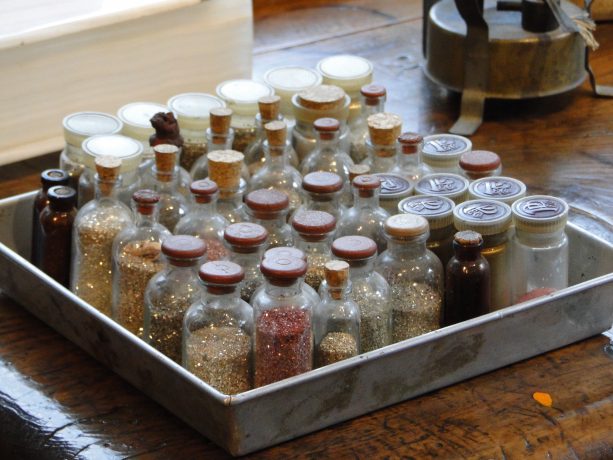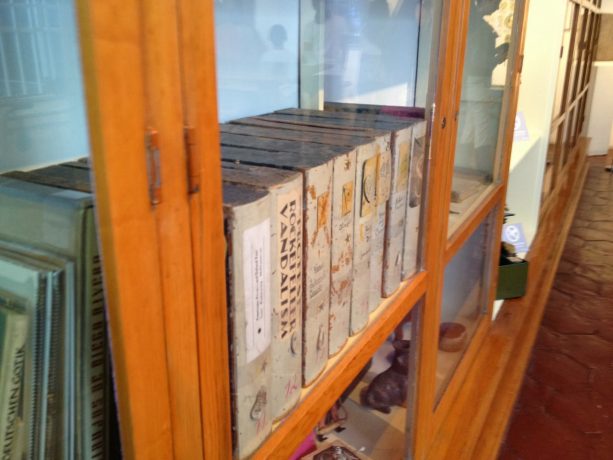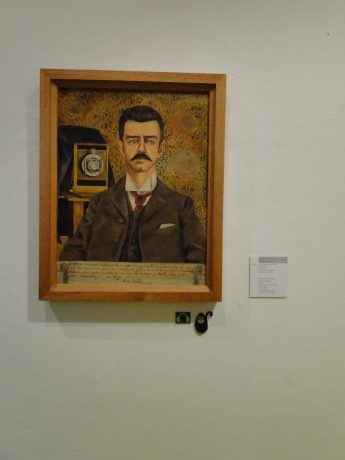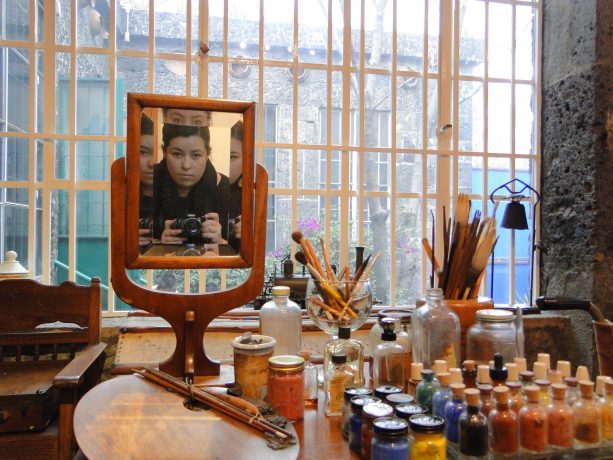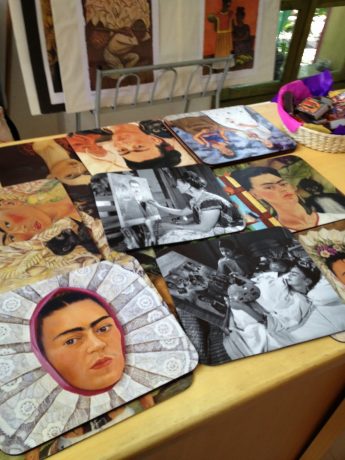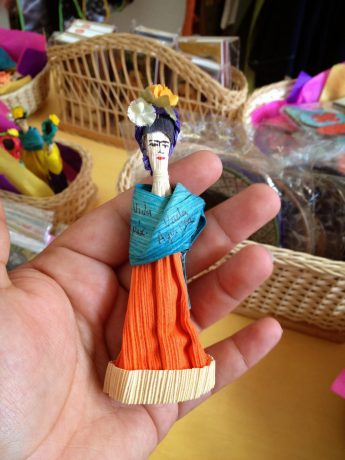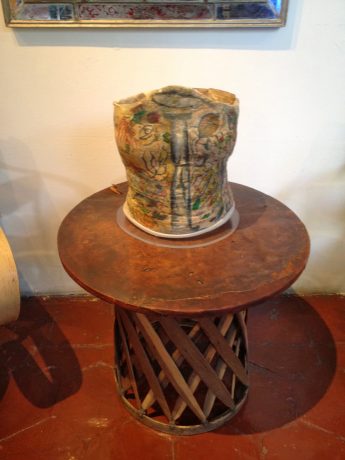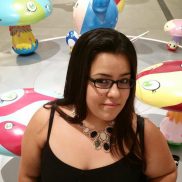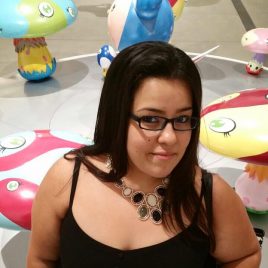We at Museeum converge with many museums on our daily path, but what happens over time, and what we discover while we work is nothing short of magic...
A few years ago, I had the pleasure of working with the Museum of Latin American Art in an exhibition about Frida, called "Frida, Her Photos," which showed intimate photographs of the artist in her daily life, her loved ones, and the people who surrounded her. Not long after I saw at the same museum a selection of letters by Frida herself, ever since I have been deeply fascinated with the strength of this woman, with her artwork but mostly with the glimpses that captured her reality, be it photography or ink. I care to know who she was aside from her many loves. A lot has been written about Frida, who she was in relationship to Diego Rivera, who she loved, (both men and women alike), what she wore and what that means to Latinx feminist fashion today; however, little is explored of the intimacy of her daily life, mostly because Fridamania has reached a pretty unique level of fetish. All around the world, people are fascinated by her beauty, her strength, her fashion, her love life, and the list continues, but who was Frida Kahlo? What is a myth and what is the reality at the end of the day?
Museo Frida Kahlo lies at the heart of Coyoacan in Mexico City. It turns out that Frida's own living headquarters-turned-museum only four years after the artist'a death, her home even today maintains the essence of Frida. Casa Azul, named simply for the color Frida choose for the facade of her home (a deep lapis lazuli which is slowly fading over time), is of intricate significance as this is where both Frida and Diego lived from 1929 - 1954. However, we must also realize that while this is Frida's home & studio, Diego had a separate living facility and his own studio (both spaces within 20mins from Frida's Casa Azul). Casa Azul aka Museo Frida Kahlo is blue on the outside and ancient on this inside, as the interior of the home/museum features an intricate home patio made of stone bricks. Each room of the house, which predominantly inhabits the second floor, has huge glass windows and a wonderful selection of many indigenous greens found local to Mexico City.
But outside of the structure, the inside of the house which has almost become a living shrine to the life of Frida Kahlo, allows the viewer to witness the daily life of Frida. From the pigments in her studio to the pots in her kitchen, or the selection of effigies found all over the place, her dresses carefully laid on her bed, or the cast corsets placed for display throughout the home. Each serves in its own way to convey Frida's most intimate narrative, that of her daily life, her daily struggle, and her daily passions.
Within her studio, a menagerie of pigments lies in carefully-placed small glass bottles, each waiting to be mixed into medium to inhabit life as a part of a painting. Countless brushes, palettes, and pigment powders are placed close to a mirror, on top of a desk, next to an easel. The most important tools in Frida's life as she is predominantly known for her own self-portraits. It is important to recall that Frida lived a very painful life (physically), as she was in a tram accident while young and this left her with severe back problems, thus Frida in the late parts of her life found herself dealing with lots of physical pain, and painting self-portraits was easily convenient to her; the subject was always present, that reality was captured by a close by mirror, all she had to do was transfer it to a canvas within the intimacy of her own studio at home.
The tools of her trade, her research books, philosophy, medicine, art, politics, images of Diego close by for inspiration I am sure. Yet, somehow I can almost bet that Diego was not Frida's muse, he must have been a challenge, that "Sapo panzon" as she used to call him, no doubt served Frida as a constant reminder of how an artist creates, constantly in spite most harsh circumstances. Here we must recall that while Diego enjoyed notoriety and fame as an artist during most of his marriage with Frida, she was not recognized until much later in life. Thus Diego's presence in her creative space serves not as a muse, but as a constant reminder of the obstacles she had to overcome in life; from being emotionally scared (as Diego cheated on Frida with her own sister), to being female in a machista culture where men reign supreme in most parts of Mexican society, a constant challenge to overcome that is what Diego was in Frida's life in my humble opinion.
From the rest of the museum, one can gather that Frida was a strong-willed woman, a visionary, a force to be reckoned with, someone grand, with her own sense of self and style who would seldom take no for an answer. From the color of the wall to the embroidered pillows on her bed, her collection of books, and even chairs in her kitchen, they all denote a traditionalist, a proud Mexican woman artist who was at the avant-garde of her time.
At Museo Frida Kahlo we even see a glimpse into Frida the art collector, a carefully curated selection of retablos can be seen all through the house, which no doubt serve to remind us of Frida's extreme piety and her Catholic upbringing, each retablo marks a miracle granted by a saint to the devotee who had the retablo commissioned. Each a yearn and request sent to the heavens in order to gain some favor from above. Each a reminder of how deeply Frida felt about her community and the things she believed in.
Casa Azul is another type of museum; it is not white walls and carefully selected art, but rather is a glimpse into the reality of a woman who was not perfect, a woman who suffered great pain, a whimsical individual with very eclectic style, a traditional and religious devout Catholic, a loving wife, an avant-garde artist, a true visionary, a genius, a feminist, and oh so much more. Deep in the heart of Coyoacan in Mexico City lies a reality turned museum rarely seen, a blue home, an intimate studio, a wonderful glimpse into Frida Kahlo.
